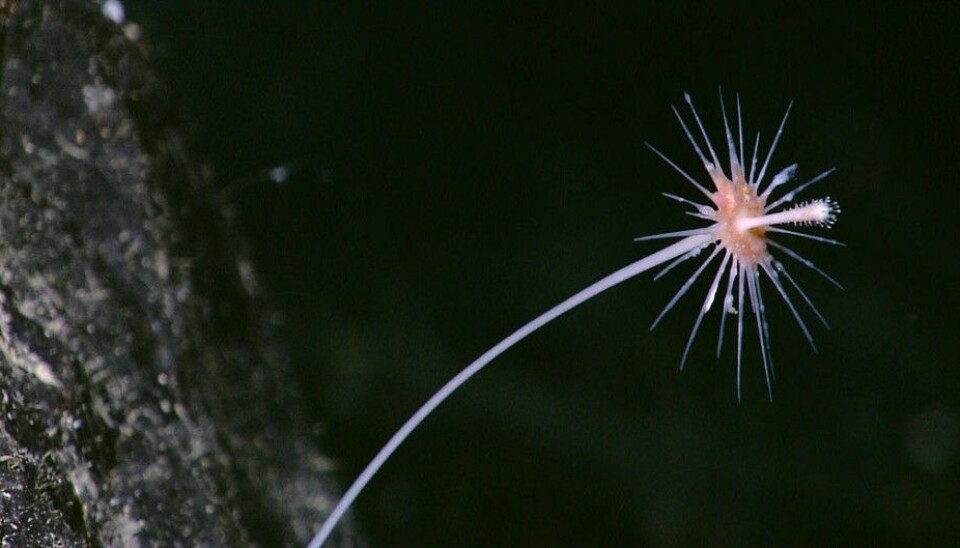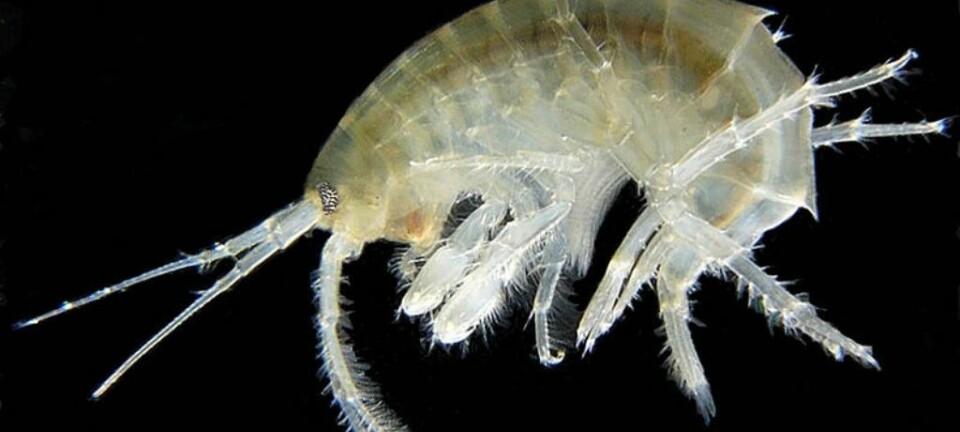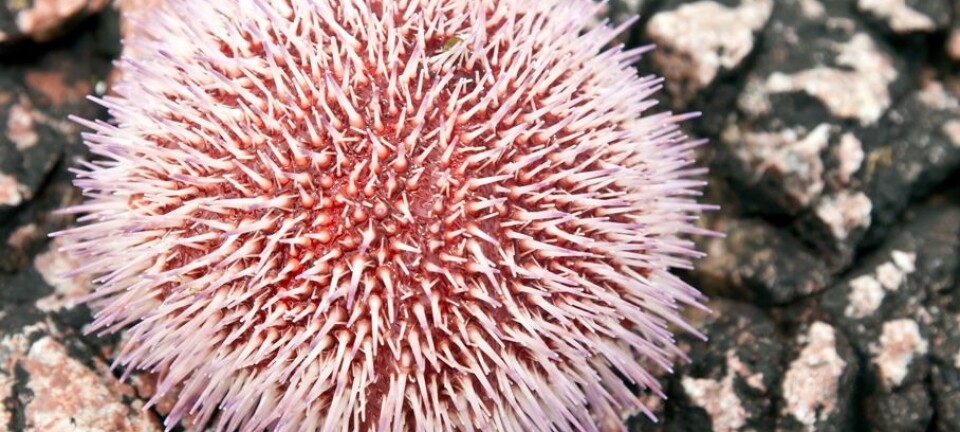
Sponges grew carnivorous in ocean depths
A Norwegian researcher has found that all species of this odd creature share a common ancestor.
At least 60 million years ago a sponge did something novel – it ate another creature.
Just a few years ago scientists did not know such carnivorous sponges existed.
That is not as odd as it might sound. These sponges thrive best a thousand metres or so beneath the surface of the Norwegian Sea, the North Atlantic and other deep oceans.
Discovered in 1995
Using modern DNA-sequencing techniques, Jon Thomassen Hestetun and colleagues at the University of Bergen have now made a genetic breakthrough in the study of carnivorous sponges.

“This is basic research on some of the first animals to split off from the trunk that would lead us humans in the tree of life,” says Hestetun.
Ocean abysses hide some of the Earth creatures we know the least about.
French researchers as late as 1995 determined that there are sponges that have evolved into carnivores in deep sea beds. This was a complete surprise for other scientists who specialise in sponges.
Deep down in the Sogne Fjord on Norway’s west coast evolution has done the same with a completely different species. The peaceful and harmless barnacles you see on rocks in tidal zones of the seashore have through evolution become rather bizarre parasites on the backs of small sharks.
Common ancestor

“It is keenly interesting when animals make evolutionary leaps like this. In the world of sponges the fact that some have become carnivores is unique,” says Hestetun.
“What I have contributed through my doctoral thesis work is that this occurrence has probably only happened once. In other words, all the approximately 150 species of carnivorous sponges we know must have descended from a common ancestor.”
It is hard to say when this particular evolutionary leap took place.
Hestetun thinks it happened at least 60 million years ago and it could have been long before that.
Along the path of evolution the ocean sponges said goodbye to our ancestral route about 600 million years ago.
Sponges were probably amongst the very first animals on earth, blogs Jon Bråte of the Department of Bioscience at the University of Oslo.
Eating larvae and crustaceans
Carnivorous sponges eat tiny larvae and crustaceans.
Sponges are very simple creatures, compared to most others in the animal kingdom. They have no inner organs and generally make do by filtering nutrients that pass through their structural channels.
But the ancestral “mother” of carnivorous sponges managed to take this a step further.
Her descendants deep in the oceans go for meat, thanks to a kind of Velcro device. For example, its prey can be a tiny copepod with legs and long antennae. These stick out far from its body and can get caught on the surface of the sponge.
“When that happens, the cells in the carnivorous sponge start to slowly migrate in the direction of the prey. Eventually the cells completely surround it. The ‘meal’ can take several days and eventually only the shell of the crustacean is left,” explains Hestetun.
In the Arctic the carnivorous sponges can live in shallower waters, some 150 to 200 metres down. But in warmer oceans they are best off in deeper habitats, thriving in the abysses, in other words at least 4,000 metres below the waves.
The deepest discovery of them so far is 7,700 metres down.
Carnivorous sponges in the Norwegian Sea
Norwegian researchers have taken a greater interest in the ocean depths in recent years.
A total of 19 species of carnivorous sponges have been discovered now in Norwegian ocean waters. Some have been spotted in fjords, just a couple of hundred metres below the surface. In the Norwegian Sea they have been found four kilometres down.
At the University of Bergen an EU-financed research project is underway called SponGES, charting and investigating sponges in the North Atlantic. More can be read about this project here.
In Scientific American you can read about new species of deep sea ‘killer sponges’ here.
And finally a YouTube video from the Monterey Bay Aquarium Research Institute in California, with more about the carnivorous sponges life in the ocean depths and what American scientists discovered when they got down to them.
--------------------------------------
Read the Norwegian version of this article at forskning.no
Translated by: Glenn Ostling
































